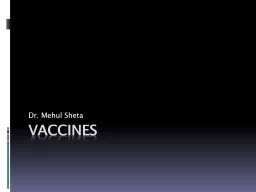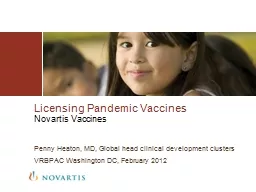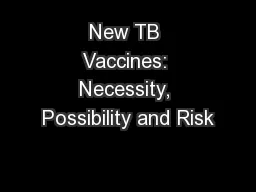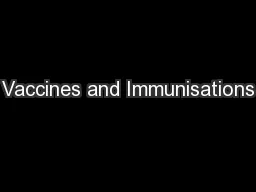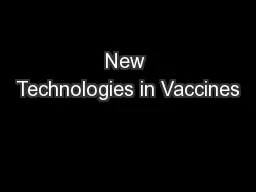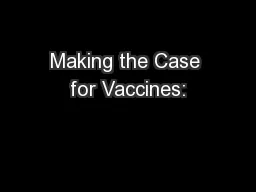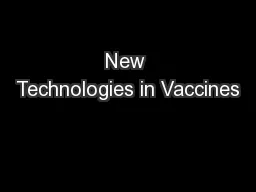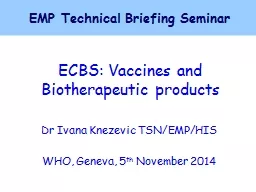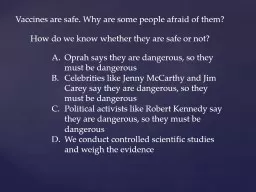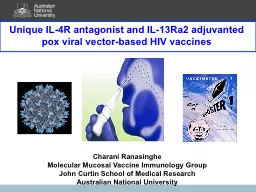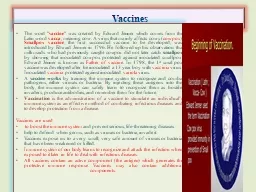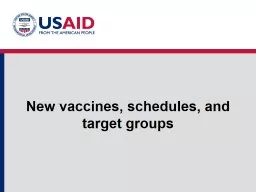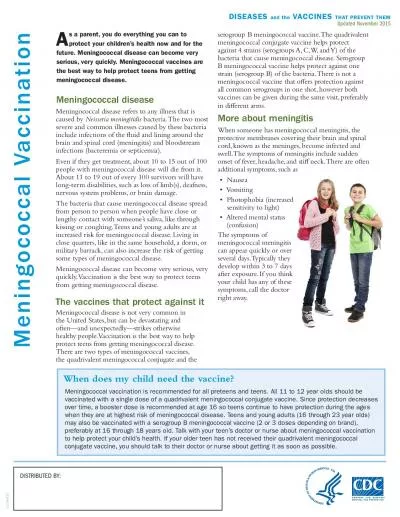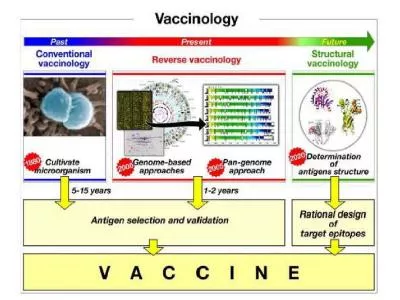PPT-Vaccines Dr. Mehul Sheta
Author : mojartd | Published Date : 2020-06-16
Immunizations Two artificial methods to make an individual immune to a disease Active immunization administration of a vaccine response Passive immunization Individual
Presentation Embed Code
Download Presentation
Download Presentation The PPT/PDF document "Vaccines Dr. Mehul Sheta" is the property of its rightful owner. Permission is granted to download and print the materials on this website for personal, non-commercial use only, and to display it on your personal computer provided you do not modify the materials and that you retain all copyright notices contained in the materials. By downloading content from our website, you accept the terms of this agreement.
Vaccines Dr. Mehul Sheta: Transcript
Download Rules Of Document
"Vaccines Dr. Mehul Sheta"The content belongs to its owner. You may download and print it for personal use, without modification, and keep all copyright notices. By downloading, you agree to these terms.
Related Documents

